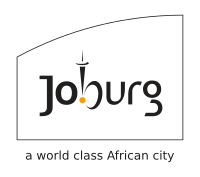Soccer

| Things to do |
|---|
|
FNB Stadium/ Soccer City
This iconic 87 436-seater is the largest venue in South Africa and the country’s proud global colossal located in Nasrec, south of Johannesburg. The unique design of FNB Stadium is highly regarded internationally, and is often fondly referred to as the “Calabash” or “African Pot” after being reconstructed to the tune of R3.3 billion in time for the first ever African World Cup in 2010.
+27 11 247 5300 https://www.stadiummanagement.co.za/stadiums/fnb/ |
|
Orlando Stadium
Orlando Stadium is the heart of Soweto as it boasts a rich and proud history that dates back to 1959 when it was originally built. After being demolished and rebuilt from scratch at a cost of R280 million, the new look Orlando Stadium now houses a capacity crowd of 37 139 spectators which includes 21 hospitality suites, two open hospitality areas, conference rooms, a gymnasium and a 200-seater auditorium
+27 11 247 5300 https://www.stadiummanagement.co.za/stadiums/orlando/ |
|
Emirates Airline Park
Emirates Airline Park, also popularly known by its old name Ellis Park Stadium, was constructed in 1928 and named for JD Ellis who initially made the land for the stadium available. With a capacity of 60 000 people, Over the years, the stadium has been the site of many milestones in South African sporting history, most memorably that 1995 Rugby World Cup Final – South Africa’s first major international sporting achievement after years of isolation.
+27 11 402-2960 https://lionsrugby.co.za/emirates-airline-park |
|
Johannesburg Stadium
Located in Doornfontein suburb of Johannesburg, Gauteng Province, South Africa. The stadium has a sweeping roof and can accommodate 37,500 people. It was originally built as an athletics stadium, but also hosted football and rugby matches
+27 14021406 |
|
Rand Stadium
Rand Stadium was originally built between the years 1949 to 1951 and is located in Rosettenville, a suburb south of Johannesburg. In 1976, the venue famously staged a first ever multi-racial South African national football team when they played Argentina during the Apartheid era under the banner of an “International XI” to avoid a ban from world soccer body, Fifa.
011 247 5300 https://www.stadiummanagement.co.za/stadiums/rand/ |
|
Dobsonville Stadium
Having been originally built in 1975, it underwent refurbishments to the tune of R69 million that have ensured that it can now accommodate a capacity of 17,700 people and is fully equipped with an athletics track. Dobsonville Stadium was utilised as one of training fields for the 2010 FIFA World Cup ™
011 247 5300 https://www.stadiummanagement.co.za/stadiums/dobsonville/ |

















